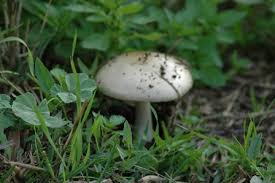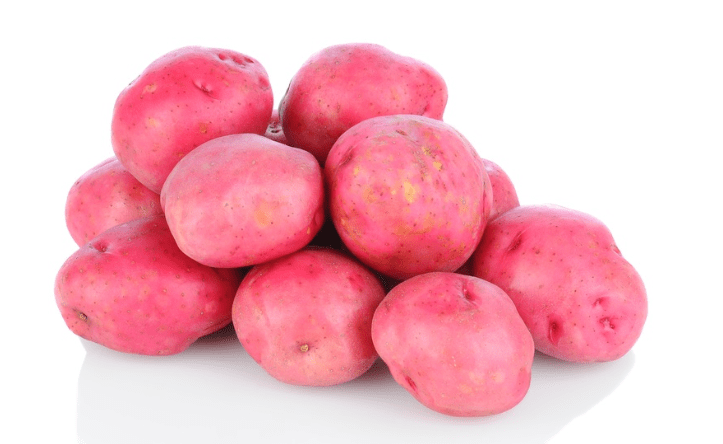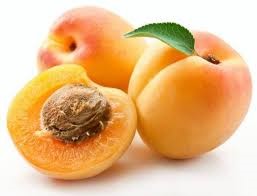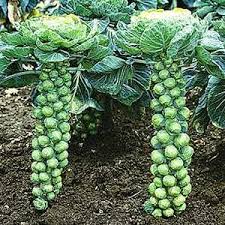It’s a magical time now out in nature. The fields continue to grow vegetables and fruits this season – the lemons are weighing down on the tree branches to the ground.
The cauliflowers are so white you can use them for lighting, and so firm and crunchy that you can imagine the sound they make between your teeth when chewed; There are plenty of beautiful green leaves, wonderful broccoli, crispy cucumbers, beets that will delight any oven and soup and spicy-sweet radishes, which come in a variety of colors. But all of this is happening near us, in the backyard and in the field. But if we go out into the woods and see what's going on there… and in the woods, while the almond trees present the fashion of winter-spring 2020 trend in a variety of pinkish white fancy dresses (I don't know which fashion stylist can mimic such wealth alongside such simplicity), processes are also taking place underground.
Quietly, quietly, hidden away from the paths and out of sight, there is a lot of activity that is quite silent. After the rains, when the sun comes out, when it is still not too hot, but humid enough, under a coat of leaves and pine needles a new lifebegins to rise. Mushrooms grow quietly… Only those who wander around and sniff the air may notice the special odor they emit, producing vague hints of their location.
Finding mushrooms in the forest requires a great deal of patience (at least initially, until you learn the secrets of the trade, you typically return home with fairly empty baskets) as well as a special “eye” for their hiding places and also good knowledge of the differences between the edible mushrooms and those that might lead to a trip to the nearest ER. However, when you buy them from our store, clearly you get only the most delicious (and healthy!) Mushrooms.
We have three species of mushrooms in our store – the Orinji, the Shitaki and the Champignon. Since the latter is familiar to everyone, I'll start with the other two. Orinji, also known by the Latin name PleurotusErinjii, is also called “King of the Forest” or King Oyster. It is a succulent mushroom with a very delicate texture, known in China for thousands of years, and was brought to the West during World War II as the Germans sought to expand their nutritional arsenal. It is served in both gourmet restaurants and vegetarian kitchens looking for a delicious alternative that is similar to steak in flavor and texture.
In Western medicine (and not only) it is known as a good source not only for protein and nutritional fiber but also for a variety of B, C, D vitamins and is rich with minerals such as sulfur, zinc, phosphorus, manganese, iron, sodium, calcium and selenium – some of which are not at all common in most types of foods that we are accustomed to. It contains unique antioxidants, anti-bacterial substances and also those that help reduce fever. It helps boost the immune system, as well as balance cholesterol and sugar. What do you do with it? Stuff with almonds and nuts, roast, sauté, add to soups or use in a vegetarian or vegan burger instead of meat.
Its brother, the Shiitake mushroom, has been awarded the “Healthiest Mushroom in the World”, at least by the Chinese and Japanese cultures. Like the Orinji, the Shiitake mushroom that grows on tree trunks and logs in the woods, is a good source of protein (low in calories), nutritional fiber, vitamins and minerals.
Also, it contains relatively rare minerals, such as germanium, which stimulate and boost the immune system, regulate cholesterol levels, protect blood vessels from the formation of a plaque layer, has anti-bacterial and anti-fungal activity, and helps maintain oral hygiene and health. How is it combined in the kitchen? sauté, fry, make “shawarma” or add to soup.
Feel free to try and tell us what you were able to surprise and prepare from them.
Yours,
Maggie's Garden Team
Forecast:
In the ORGANIC vegetable baskets we expect (draft only):
Cucumber
Tomato
Lettuce
Potato
Cauliflower
Pepper
Parsley
Leak
Celery
The Large organic vegetable baskets also include:
Onion
Coriander
Kale
In the ORGANIC fruit baskets:
Bannana
Orange
Pomelo
Clementine
The large ORGANIC fruit baskets also include:
Red Pomelo
Clementine
Lemon
The ORGANIC Green Basket:
Celery
Spinach
A kind of lettuce
Mint
Sprouts
Swiss Chard
Kale
Argula












